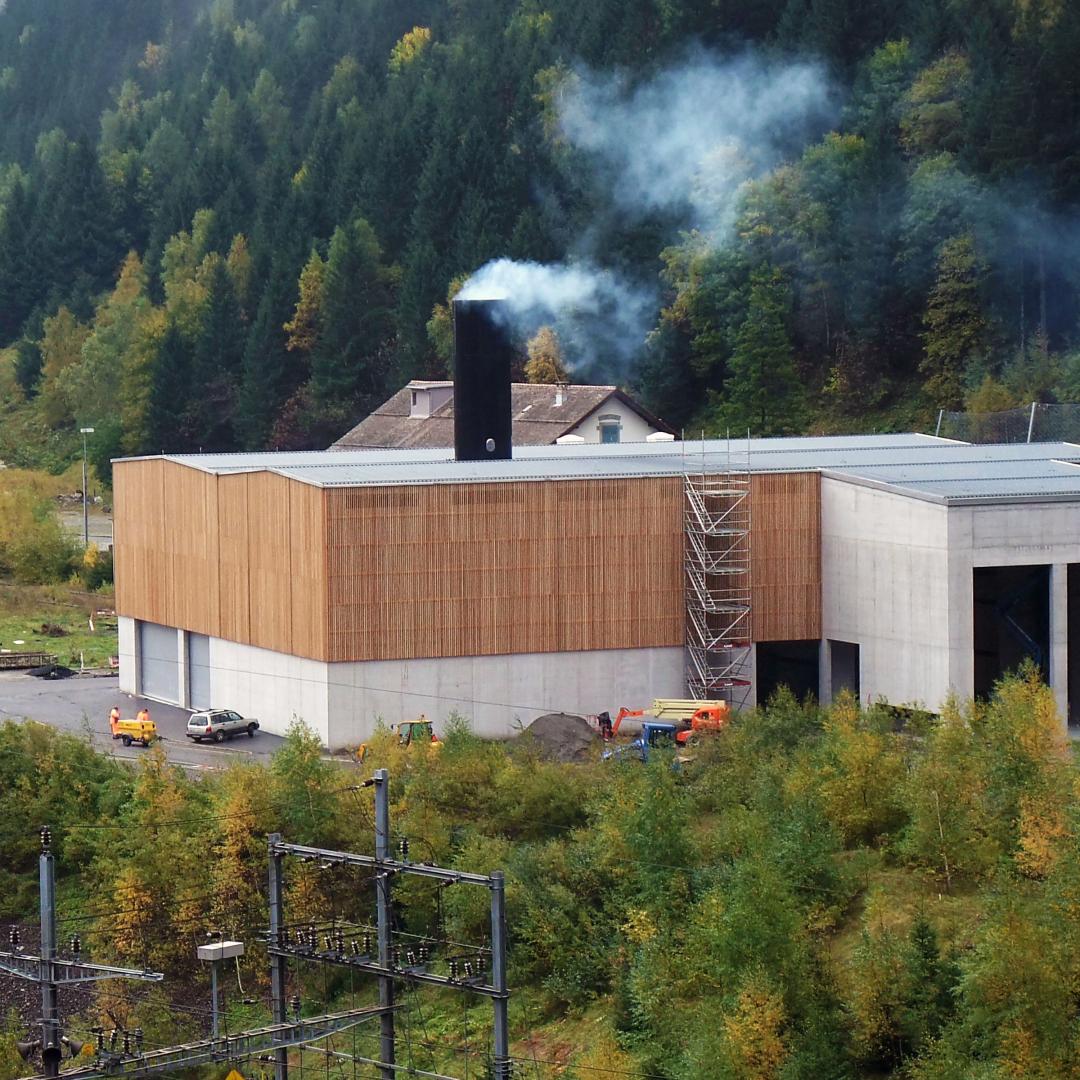This will empower decision-makers around the world to advance emergency brake solutions that can rapidly reduce emissions, focus on geographic hotspots to maximize impact, and identify benefit multipliers that simultaneously improve both human and environmental well-being.
Moreover, the open-access online platform offers specific recommendations on how various actors, including policymakers, investors, business leaders, and more, can best unlock and accelerate solutions given their unique resources and capabilities. To make these recommendations more actionable, all of the underlying data, methodologies, visualizations, and interactive maps are freely available and downloadable.
“Drawdown Explorer is an essential tool for nonprofits and philanthropy, offering clear, science-based guidance about where to prioritize efforts,” says Aimee Witteman, Chief Impact Officer at the Urban Land Institute. “Moreover, it’s launching at a time when government data and climate science are under threat. It ensures decision-makers from the nonprofit, public, and private sectors have trusted, accessible insights to direct their capacity and investments towards the most effective climate solutions.”
When fully completed in 2026, the Drawdown Explorer will provide detailed, up-to-date information on more than 140 climate solutions that, if scaled, can stop climate change. All of the solutions are regularly updated as better data become available.
Press Contact
Skylar Knight, skylar.knight@drawdown.org
Interviews and Drawdown Explorer demos available upon request
Select Quotes About the Drawdown Explorer
“The Drawdown Explorer is an incredibly useful tool for anyone seeking to learn what they can do to help solve the climate crisis. Carefully based on the best data and science, it shows which actions can make the most difference, but also which widely-promoted actions don’t help much or even make climate change worse. The results may surprise you. More than that, the deep geographical and sectoral detail in Drawdown Explorer helps you learn where actions can have the most impact, and in which sectors of the economy, so whether you are in government, business, or an individual, you can see where you can make the most difference.”
— John Sterman, Ph.D., Director, MIT System Dynamics Group
“The Drawdown Explorer provides comprehensive, authoritative, and up-to-date information on the most important climate solutions. It is an invaluable resource for individuals, businesses, and donors who want to make a real difference in helping to address climate change and its impact on people and the environment.”
— Walt Reid, Ph.D., Climate and Sustainable Development Advisor
About Project Drawdown
Project Drawdown is the world’s leading guide to science-based climate solutions. Our mission is to drive meaningful climate action around the world. A 501(c)(3) nonprofit organization, Project Drawdown is funded by individual and institutional donations.



